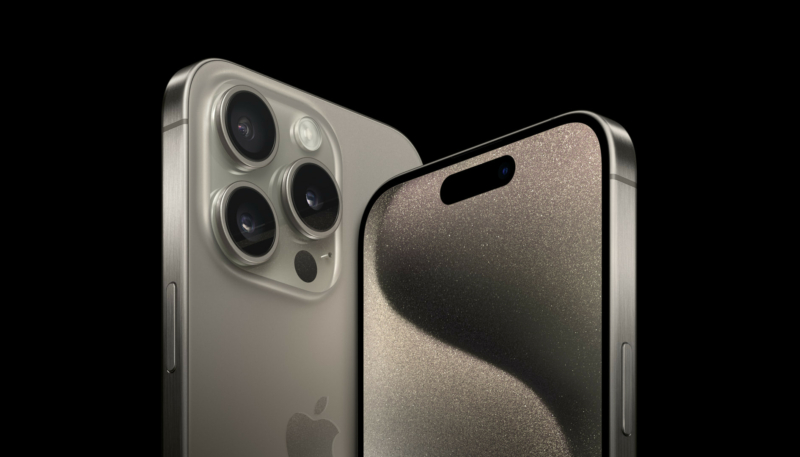Apple has an iOS 17 update in the works to address a bug that may be a contributor to the reported iPhone 15 Pro and iPhone 15 Pro Max overheating issue, says a report by Forbes reporter David Phelan.
Apple says recent updates to some third-party apps have overloaded the system and contributed to the overheating issue. Affected apps include Instagram, Asphalt 9: Legends, and Uber. Apple is working with the developers of these apps to address the issue. Instagram reportedly has already fixed the issue in an update to its app, released last Wednesday.
Apple’s statement:
We have identified a few conditions which can cause iPhone to run warmer than expected. The device may feel warmer during the first few days after setting up or restoring the device because of increased background activity. We have also found a bug in iOS 17 that is impacting some users and will be addressed in a software update. Another issue involves some recent updates to third-party apps that are causing them to overload the system. We’re working with these app developers on fixes that are in the process of rolling out.
The bug will likely be fixed in iOS 17.1, which is currently in beta and is expected to be released in late October. Apple may possibly also make a bug fix available sooner in a minor software update, such as iOS 17.0.3.
The Forbes report says Apple will not be reducing the performance of the A17 Pro chip as part of the fix. Apple also said the issue is not a safety risk and will not impact the long-term performance of affected iPhones.
Apple industry analyst Ming-Chi Kuo. had said last week that if Apple is unable to “properly address this issue,” shipments could be impacted over the life cycle of the iPhone 15 Pro.
Apple also said the iPhone 15 Pro’s titanium frame and aluminum substructure are not a contributor to the overheating issue, meaning there is no hardware issue.


